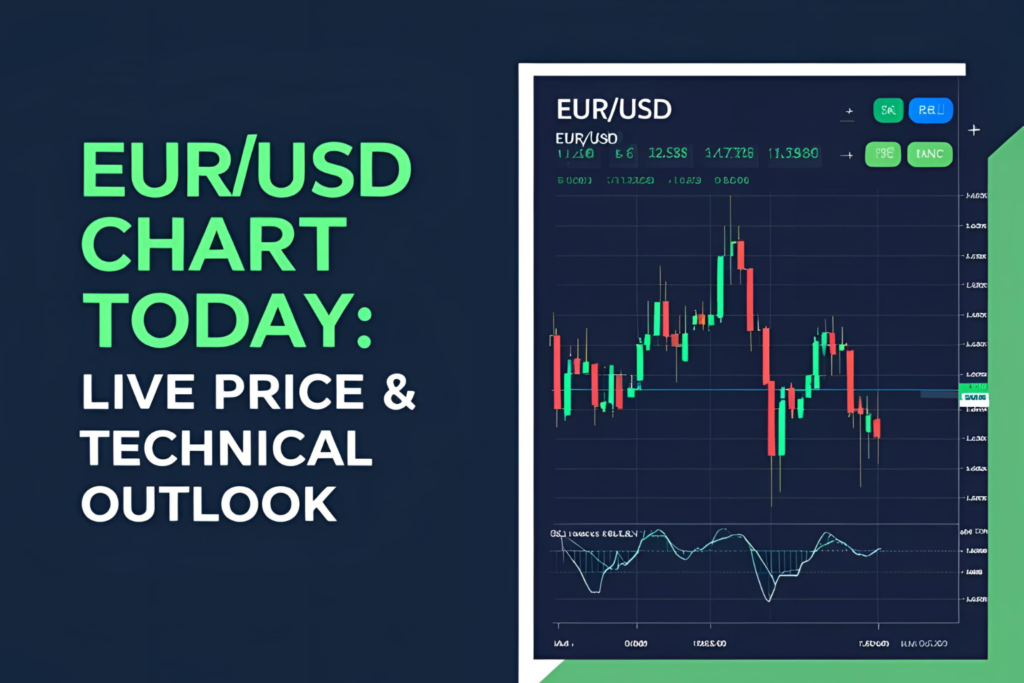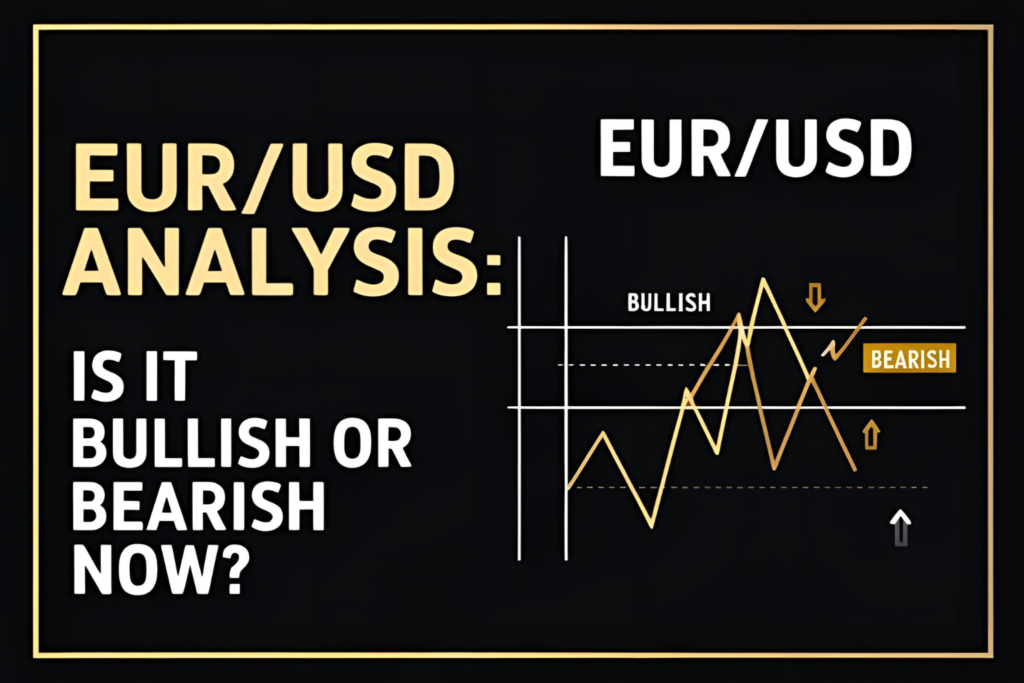The EUR/USD currency pair is the most traded in the forex market, representing the economic relationship between the Eurozone and the United States. Analyzing its historical chart over the past 10 years offers valuable insights into how economic, political, and global events have shaped its price movements.
This article explores the EUR to USD historical chart from 2014 to 2024, highlighting key trends, turning points, and macroeconomic influences.
10-Year EUR/USD Price Overview (2014–2024)
Over the last decade, EUR/USD has fluctuated within a wide range—approximately between 1.03 and 1.25. The pair has responded to interest rate differentials, monetary policy shifts, trade dynamics, and global uncertainty.
| Year | Approximate Range | Notable Trend |
|---|---|---|
| 2014 | 1.36 – 1.21 | Strong USD rally begins |
| 2015 | 1.21 – 1.05 | ECB launches QE, EUR weakens |
| 2016 | 1.15 – 1.03 | Brexit vote, USD gains strength |
| 2017 | 1.03 – 1.20 | Euro recovery amid strong growth |
| 2018 | 1.25 – 1.12 | Trade war fears impact risk appetite |
| 2019 | 1.15 – 1.10 | Fed rate cuts, EUR remains weak |
| 2020 | 1.08 – 1.23 | COVID volatility, USD weakness in H2 |
| 2021 | 1.23 – 1.12 | US recovery gains, EUR slides |
| 2022 | 1.14 – 0.95 | Dollar surges, EUR/USD hits parity |
| 2023 | 0.95 – 1.10 | Recovery and ECB rate hikes |
| 2024 | 1.06 – 1.12* | Stabilization amid global tightening (*YTD) |
Major Factors That Influenced EUR/USD
1. Monetary Policy
- The divergence between the US Federal Reserve and the European Central Bank drove many of the pair’s long-term moves.
- Fed hikes typically strengthened the USD, while ECB stimulus weakened the EUR.
2. Global Risk Sentiment
- EUR/USD often reacts to geopolitical events and investor risk appetite.
- During crises (like COVID or war), the USD tends to act as a safe haven.
3. Economic Data and Inflation Trends
- Strong Eurozone growth supports the EUR.
- US job data, inflation, and GDP figures heavily influence USD demand.
Technical View of the Long-Term Chart
Support Levels (last 10 years):
- 1.05 (multi-year base)
- 1.00 (psychological parity)
- 0.95 (2022 low)
Resistance Levels:
- 1.12
- 1.15
- 1.20–1.25 (long-term ceiling)
Chart Patterns Observed:
- Descending triangle (2018–2020)
- Reversal patterns in 2020 and 2022
- Broad range between 1.05–1.12 in recent years
How to Use Historical Charts in Trading
- Identify long-term support and resistance zones for strategic swing trading
- Understand macroeconomic cycles to time entries based on monetary policy shifts
- Backtest strategies using past market conditions and reactions
- Correlate with fundamentals like interest rates, inflation, and GDP
Final Thoughts
The EUR to USD historical chart offers a decade-long perspective on how global forces affect currency valuation. While short-term traders focus on intraday moves, long-term historical analysis provides context, reveals patterns, and helps forecast potential ranges based on past behaviors.
Stay updated with both macroeconomic drivers and technical structures to trade the EUR/USD pair more effectively.
FAQs
1. What was the lowest EUR/USD price in the last 10 years?
Around 0.95 in 2022, when the pair reached parity for the first time in two decades.
2. What caused EUR/USD to hit parity?
Aggressive Fed rate hikes and Eurozone energy crisis due to the war in Ukraine.
3. Is historical chart analysis useful for short-term trading?
Yes. It helps identify major support/resistance zones and trend behavior.
4. Where can I view the EUR/USD historical chart?
Platforms like TradingView, Investing.com, and MT4 provide access to historical forex charts.
5. Can historical performance predict future EUR/USD movement?
While history doesn’t guarantee future results, it offers valuable reference points and patterns.



